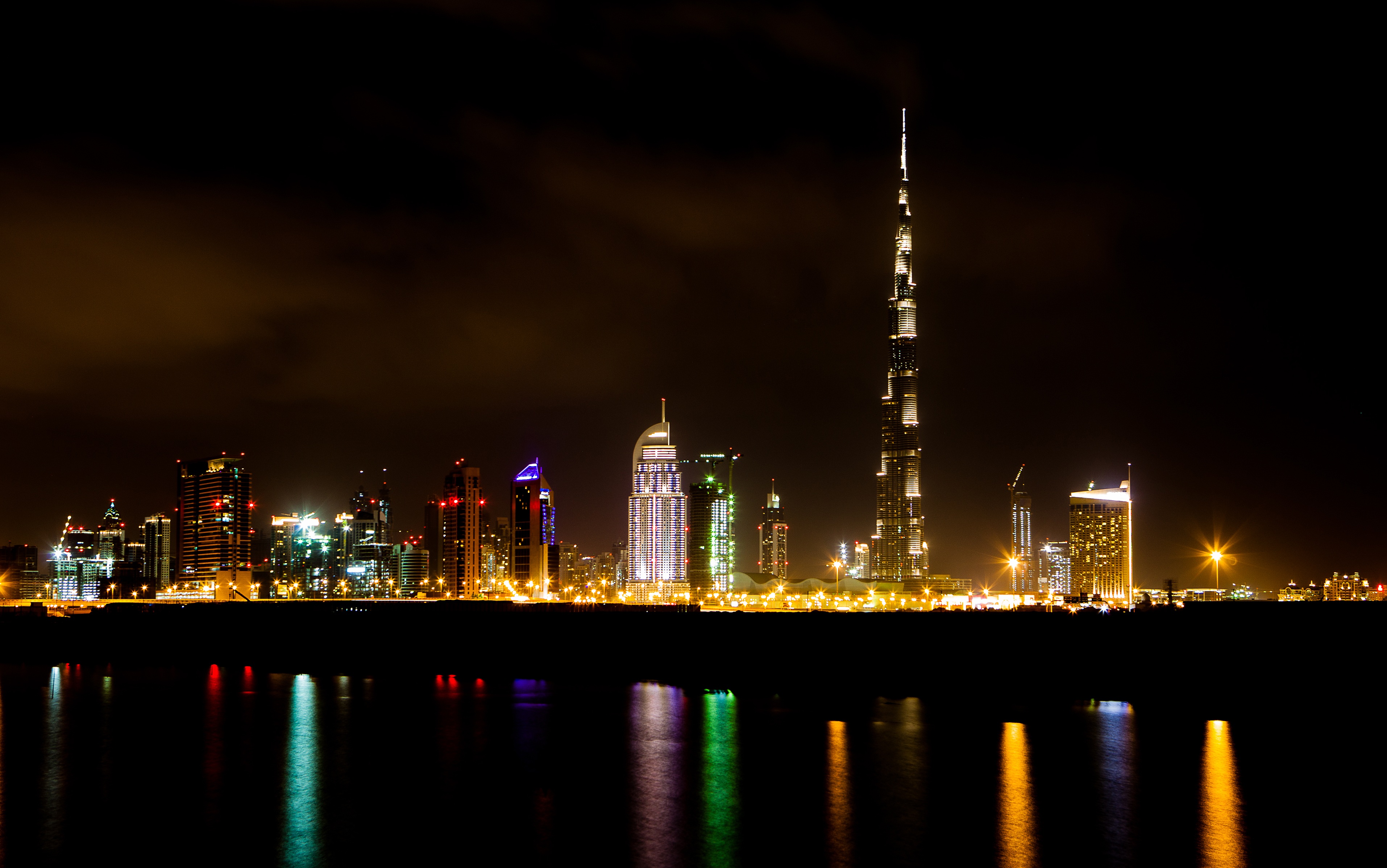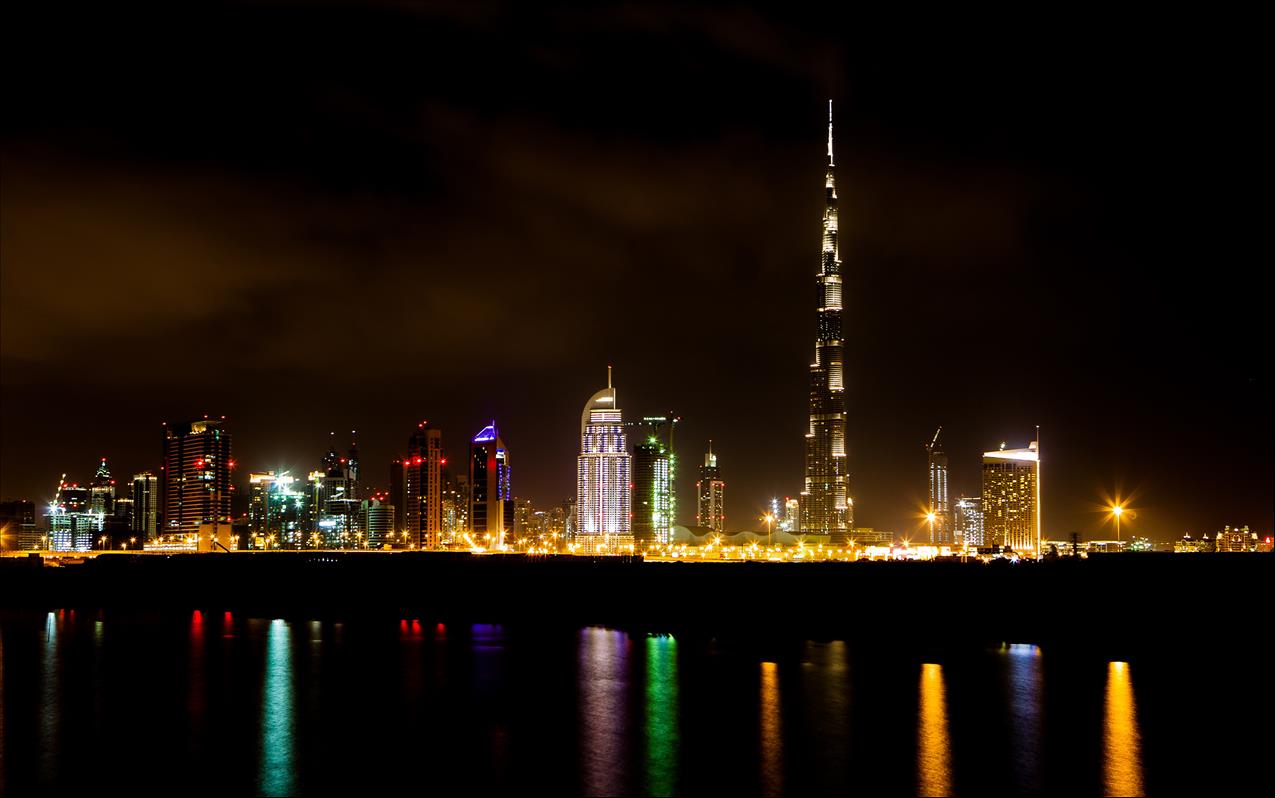
Dubai Unveils Unified Design Framework For Roads

Dubai's leadership has endorsed a comprehensive architectural identity for the emirate's road network, signalling a major shift in how transport infrastructure is designed and experienced. Sheikh Hamdan bin Mohammed bin Rashid Al Maktoum, in his capacity as Chairman of the Executive Council of Dubai, approved the framework that aligns with the city's broader ambition to deliver integrated, sustainable and visually coherent urban environments.
The initiative, overseen by the Roads & Transport Authority, sets design standards for infrastructure elements-from bridges and tunnels to street furniture, lighting and canopies-with the aim of creating a unified visual language across Dubai's roads, corridors and streets. The policy is structured around six distinct urban zones, tailored to the type of land-use, function and architectural character of each area.
Officials say the framework will apply to at least 72 major projects planned between 2025 and 2027, with an estimated cost of around AED 35 billion. The move seeks to embed design consistency and sustainability into the rapid growth of the emirate's transport network, which already extends across more than 25,000 lane-kilometres and supports over 3.5 million vehicles daily.
During a site visit, Sheikh Hamdan reviewed two flagship projects which will serve as early beneficiaries of the new identity: the Trade Centre Roundabout Improvement Project and the Al Mustaqbal Street Improvement Project. Together these schemes involve multiple bridges and tunnels covering more than 6,500 metres, at a combined cost of approximately AED 1.3 billion. The Trade Centre Roundabout upgrade alone is projected to increase junction capacity two-fold, reduce travel time from six minutes to one between key intersections, and lower average delays from 12 minutes to 90 seconds.
See also Massive Russian Oil Cargoes at Sea Amid US SanctionsUnder the new framework, Dubai is categorised into six zones: residential, rural, industrial, mixed-use, historical/artistic and high-end attraction. Each zone carries its own palette of materials, colours and architectural styles intended to reflect both context and function. For example, residential zones will favour warm colours and locally inspired materials, whereas high-end attraction areas will adopt bold, contemporary façades.
A key feature of the identity is the integration of sustainability and innovation into infrastructure design. The RTA has announced that adaptive smart lighting, heat-resistant wall panels and environmentally friendly materials will be incorporated into the road network expansion and tunnel systems. These elements seek to marry form and function, supporting not only mobility but also urban aesthetics.
The policy has been supported by the global design competition dubbed the Dubai Urban Challenge, which drew more than 500 designers from 91 countries. Winners include UK-based Oliver Charles, Saudi Arabia's Mohammed Ayash and Argentina's Giulietta Debrutti. Their designs will inform elements of the new infrastructure identity.
Analysts say the comparison of Dubai's infrastructure metrics illustrates the ambition behind the initiative: the RTA constructs an average of 829 lane-kilometres annually-more than double the global average of about 400. Moreover, cost-efficiency per kilometre is reportedly 1.5-2.5 times better than major benchmark cities such as Moscow, Shenzhen and Milan.
Property market observers note that the emphasis on design, aesthetics and infrastructure coherence may have wider implications beyond transport. Past studies in the region suggest infrastructure upgrades of this magnitude tend to uplift residential value by 6-16 per cent.
See also IOC Ends Partnership with Saudi Arabia for Olympic eSports GamesWhile the design framework promises to shape the visual and functional character of Dubai's roads, its success will depend on consistent implementation across dozens of projects, adherence to sustainability goals and meaningful engagement with users. Some critics note that design-driven infrastructure can risk prioritising aesthetics over practicality if not managed carefully.
The rollout plan indicates that the two major intersection upgrades will open in phases: the first bridges at the Trade Centre Roundabout are scheduled for January, the next for March and further elements expected by October 2026. The Al Mustaqbal Street corridor is projected to complete by 2027.
Notice an issue? Arabian Post strives to deliver the most accurate and reliable information to its readers. If you believe you have identified an error or inconsistency in this article, please don't hesitate to contact our editorial team at editor[at]thearabianpost[dot]com. We are committed to promptly addressing any concerns and ensuring the highest level of journalistic integrity.
Legal Disclaimer:
MENAFN provides the
information “as is” without warranty of any kind. We do not accept
any responsibility or liability for the accuracy, content, images,
videos, licenses, completeness, legality, or reliability of the information
contained in this article. If you have any complaints or copyright
issues related to this article, kindly contact the provider above.


















Comments
No comment